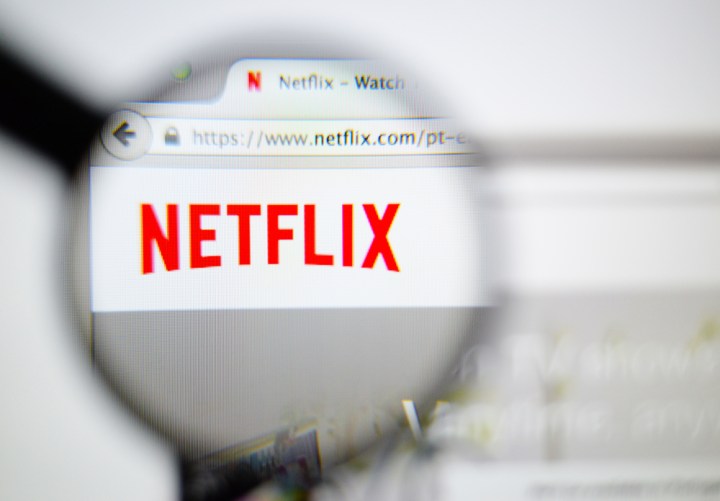
Just a week after the video streaming service first arrived in Asia with its launch in Japan, the company has announced plans for further expansion in the region with South Korea, Singapore, Hong Kong, and Taiwan all lined up for “early 2016.”
With an online penetration rate of more than 84 percent and wide use of blistering fast Internet, South Korea (pop. 50 million) clearly has huge potential for Netflix, while Taiwan (pop. 23.4m), also well connected, should certainly prove to be a lucrative market, too.
The populations of Singapore and Hong Kong are each about 10 percent of South Korea’s, so revenue in these markets is likely to be markedly lower. That said, these well developed Asian locations are nevertheless an important part of Netflix’s long-term strategy as it seeks to push deeper into the region.
Further details on pricing and programming for each of the four locations are expected later this year, though as with other markets, content is likely to comprise between 20 and 40 percent local programming.
Other recent additions to Netflix’s growing list of markets include France, Belgium, Luxembourg, Austria, Switzerland, Germany, Australia, and New Zealand.
The California-based company is also rolling into Spain, Italy, and Portugal next month. Meanwhile, we’re still waiting to hear more about how Netflix might take its service to China, one of its biggest targets.
With the likes of Amazon and Hulu recently pulling some serious moves in the video streaming space in a bid to build their respective user bases, Netflix is clearly keener than ever to press ahead with its global expansion strategy to take its audience to 100 million and beyond.
Editors' Recommendations
- Netflix kills Basic plan in U.S., U.K. as ads bring in more revenue
- Teslas will soon be able to stream Netflix and Hulu, Elon Musk says


